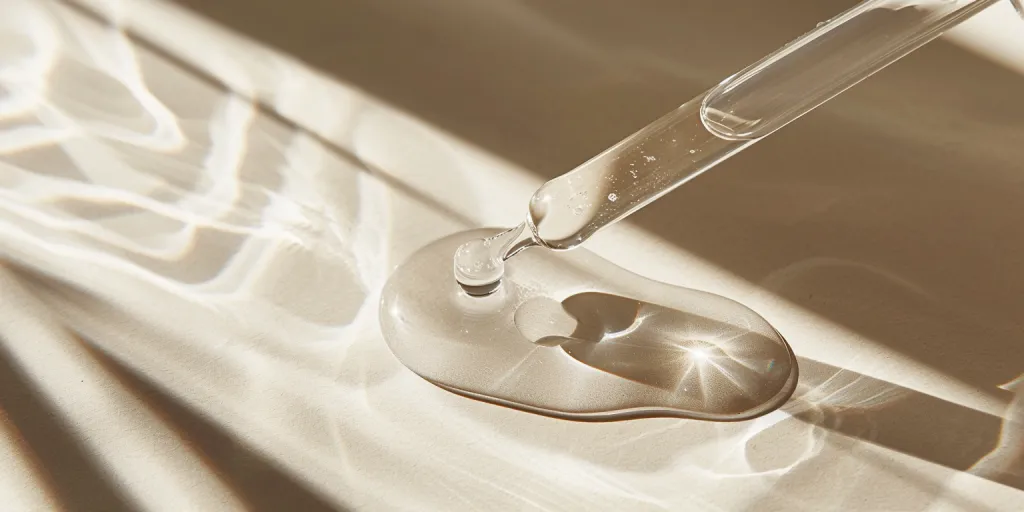Lactic acid often flies under the radar in the bustling world of skincare ingredients, yet its impact on skin health and appearance is undeniably profound. This article delves into the essence of lactic acid, exploring its benefits, uses, and the science behind how it works to rejuvenate and protect the skin. By breaking down complex concepts into straightforward explanations, we aim to empower you with knowledge, enabling informed decisions about incorporating lactic acid into your skincare regimen.
Table of Contents:
– What is lactic acid and why is it beneficial for your skin?
– How to safely incorporate lactic acid into your skincare routine
– The science behind lactic acid: How does it work?
– Common misconceptions about lactic acid debunked
– Lactic acid: Precautions and best practices
What is lactic acid and why is it beneficial for your skin?

Lactic acid belongs to the family of alpha-hydroxy acids (AHAs), known for their exfoliating properties. It’s derived from milk, though synthetic versions are commonly used in skincare products for their stability and efficacy. Lactic acid gently removes the outer layer of dead skin cells, revealing fresher, brighter skin beneath. This process not only improves skin texture but also stimulates cell renewal.
Beyond its exfoliating benefits, lactic acid is a humectant, drawing moisture into the skin to keep it hydrated and plump. This dual-action of exfoliating and hydrating makes lactic acid a versatile ingredient, suitable for a wide range of skin types, including those that are sensitive or prone to dryness. Its ability to diminish the appearance of fine lines, wrinkles, and dark spots further underscores its role as a key player in anti-aging skincare routines.
How to safely incorporate lactic acid into your skincare routine

Introducing lactic acid into your skincare regimen requires a mindful approach to avoid irritation. Start with a low concentration product, applying it every other night to gauge your skin’s tolerance. As your skin becomes accustomed to lactic acid, you may gradually increase the frequency and concentration, if necessary.
It’s paramount to pair lactic acid with a broad-spectrum sunscreen during the day, as AHAs can make the skin more sensitive to the sun. Additionally, consider using lactic acid in conjunction with hydrating ingredients, such as hyaluronic acid, to enhance its moisturizing effects and counter any potential dryness.
The science behind lactic acid: How does it work?

At the molecular level, lactic acid dissolves the bonds that hold dead skin cells together on the surface, facilitating their removal without physical abrasion. This chemical exfoliation process is gentle yet effective, making lactic acid a preferable option for those with sensitive skin compared to mechanical exfoliants.
Moreover, lactic acid’s small molecule size allows it to penetrate the skin more deeply than some other AHAs, delivering benefits beyond the surface. By stimulating collagen production, lactic acid helps to firm the skin, reducing the appearance of fine lines and wrinkles over time. Its antimicrobial properties also make it beneficial for acne-prone skin, helping to keep breakouts at bay.
Common misconceptions about lactic acid debunked

A prevalent myth is that lactic acid can only be used for certain skin types, but in reality, its versatility makes it suitable for almost everyone. While those with extremely sensitive skin should proceed with caution, many find lactic acid to be less irritating than other exfoliants.
Another misconception is that lactic acid thins the skin. In contrast, regular use of lactic acid actually strengthens the skin’s barrier function by promoting cell turnover and collagen synthesis. This rejuvenating effect contributes to a healthier, more resilient complexion.
Lactic acid: Precautions and best practices

While lactic acid is generally safe for most skin types, it’s important to listen to your skin and adjust usage accordingly. If you experience redness, burning, or irritation, reduce the frequency of application or switch to a lower concentration. Remember, more is not always better; achieving optimal results with lactic acid is about finding the right balance for your skin.
Pregnant or breastfeeding women should consult with a healthcare provider before adding lactic acid or any new active ingredient to their skincare routine. As with any skincare product, conducting a patch test before full application is recommended to ensure compatibility with your skin.
Conclusion:
Lactic acid stands out as a multifaceted skincare ingredient, capable of exfoliating, hydrating, and rejuvenating the skin. By understanding how to use it safely and effectively, you can harness its benefits to achieve a smoother, brighter, and more youthful complexion. Remember, the key to success with lactic acid, as with any skincare ingredient, is patience and consistency.








